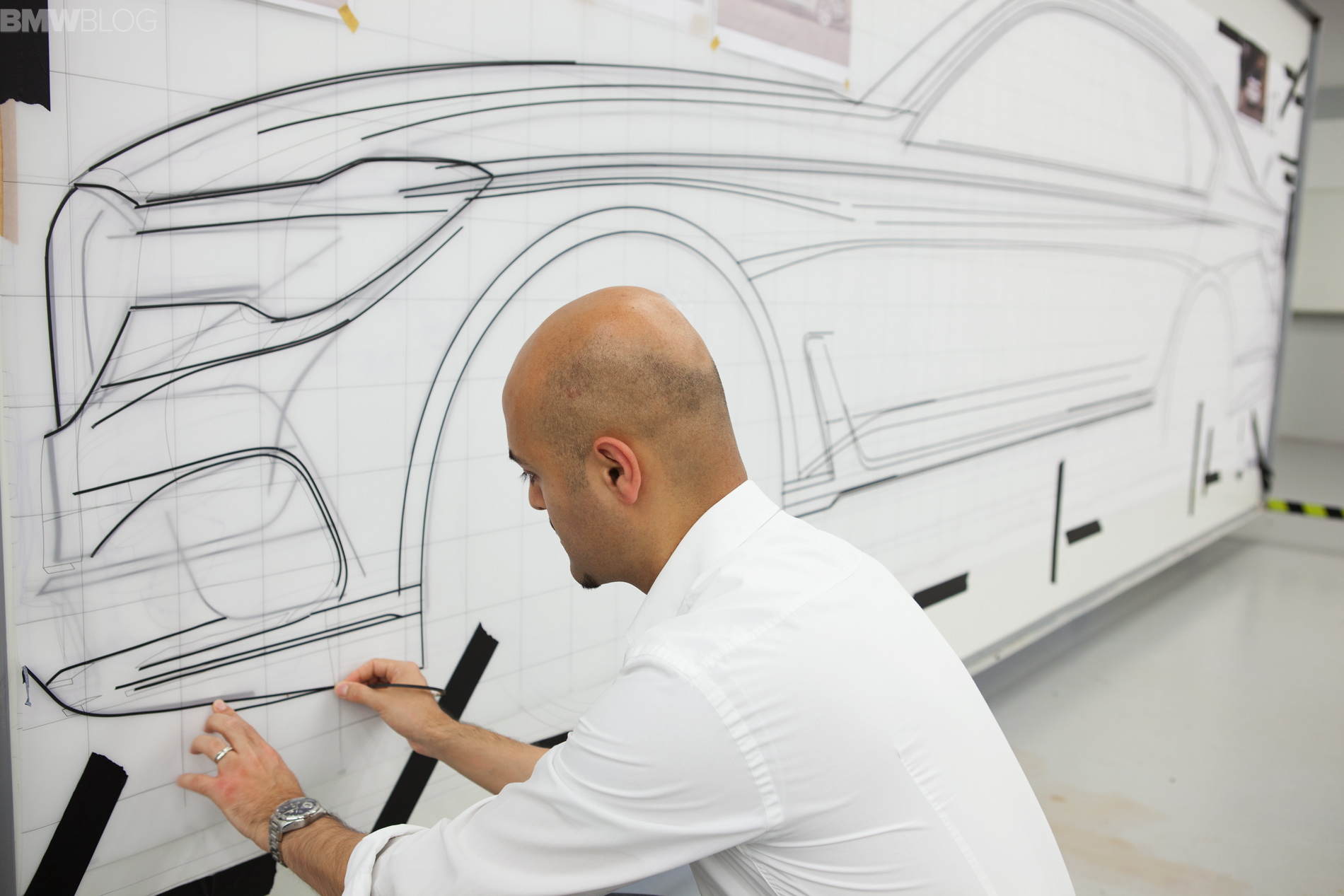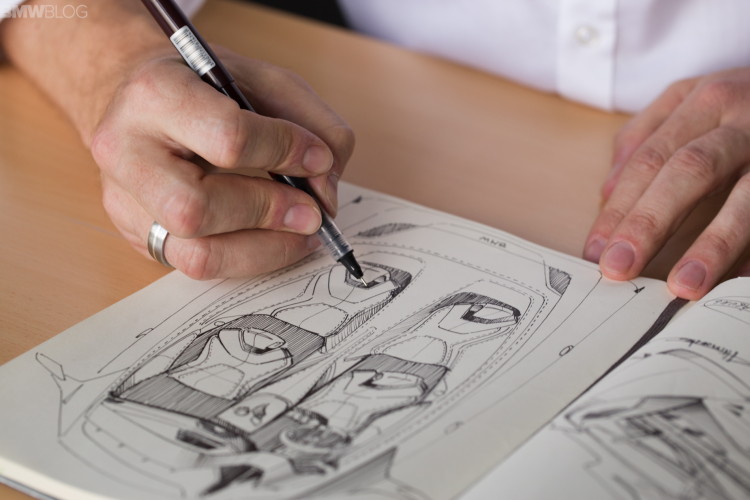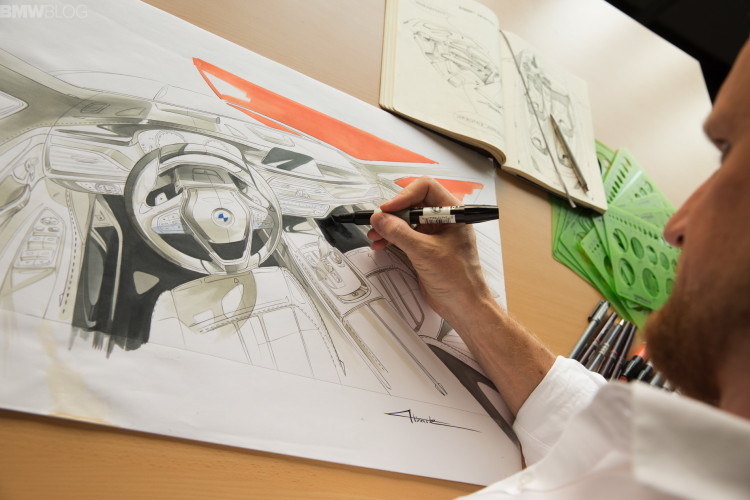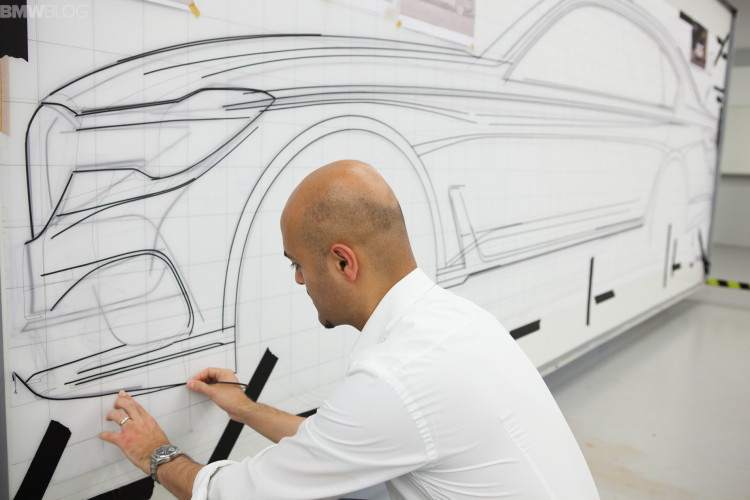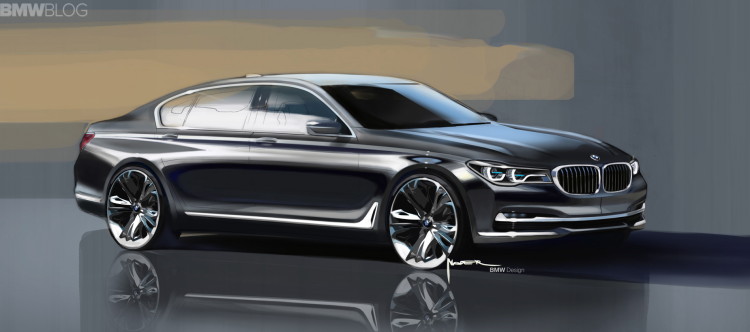For the first time in its history, BMW allows us to take very detailed look at the design process of a new car. The video series below highlights the design of the new 7 Series, from its early-on sketches to the full clay model and the final product. Also a premiere for us is the 4K Design Studio, a room with 4K LCDs which offer a virtual look of the car.
The product development process for a new model extends over a period of some five years and is divided into three phases. It starts with the company commissioning a design for a new automobile. Next, the entire Exterior and Interior Design team under the baton of the relevant head of design develops its diverse ideas through sketches and virtual representations, which are then rendered as three-dimensional physical clay models.
The work on clay models is very time and cost-intensive. Only few car manufacturers place so much value on 1:1 models made of clay – a special type used by designers – and refine them in such faithful detail. Covering the model in a special foil that resembles Titanium Silver Metallic paintwork allows the lines, surfaces and proportions of each model to be realistically assessed in varying light conditions.
During this phase the number of clay models is gradually whittled down based on decisions by the Board of Management. The ultimate decision as to which design will be implemented is made around three years before the scheduled production launch in a final showdown between two contenders.
Once the final design proposal has been selected by the Board of Management, it is time for precision work on the details that are crucially important to the series development process. For this phase, BMW Group Design has lined up a special Detail Design team whose task is to fine-tune all the exterior and interior elements to a state of design perfection.
In a CAD (Computer Aided Design) process, laser scanning turns the model into a three-dimensional feasibility model, i.e. a technical reference model for all further developments. In parallel with this, various virtual technologies are specifically employed to optimize efficiency in the development process and ensure precision in execution.


